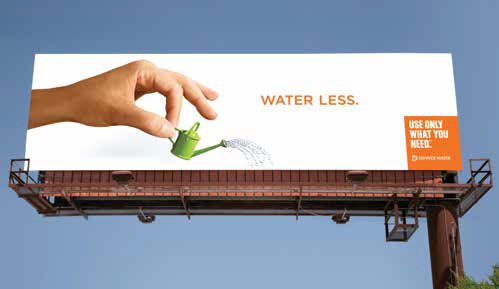She’s got her headphones on—must be listening to some chart-topping song.
No, in fact, water utility employees routinely conduct leak surveys, listening with headphones or setting up equipment to sound for leaks, then repairing broken pipes. Such actions can save millions of gallons each year of a limited—and increasingly expensive—resource.
“If you’re buying more water than you need, that’s not very efficient at all,” – Roby Forsyth
All utilities unavoidably lose some water through leaks, broken meters, water main breaks and more. As utilities detect and fix leaks, they prevent larger breaks and cut costs.
“If you’re buying more water than you need, that’s not very efficient at all,” says Roby Forsyth, distribution and collection manager for the Eagle River Water and Sanitation District. The district completes a leak survey of its entire distribution system at least twice each year, sounding through sections of water main that need more analysis. Leaks, large to small, can sound like water rumbling through rapids in a river or like the spraying noise you hear if you put your finger over a faucet.
By reducing water loss, utilities can bill for more of the water that’s running through their systems. They also save energy and treatment costs by not pumping as much soon-to-be-lost water partway through the system.
Improving efficiency is just one way utilities maximize their water supplies. They also run conservation programs to raise public awareness about water use, encourage water savings and reuse water. As water reaches customers, many utilities encourage wise water use through tiered rate structures, rebates on low water-use devices, public education campaigns, xeriscape demonstration gardens, water use audits and more.
For water providers that deliver 2,000 acre feet or more each year (2,000 acre feet typically meets the needs of about 5,000 households), such actions were stipulated by the state legislature in 2004 in the form of water conservation plans. These providers must develop and implement, then periodically evaluate and revise, a water conservation plan or they become ineligible for financial assistance from the Colorado Water Conservation Board or Colorado Water Resources and Power Development Authority.
The conservation plans are meant to further promote a range of sustainable practices that water utilities across the state, many of which have reduced demand by 20 percent over the past decade, may already employ.


 Print
Print